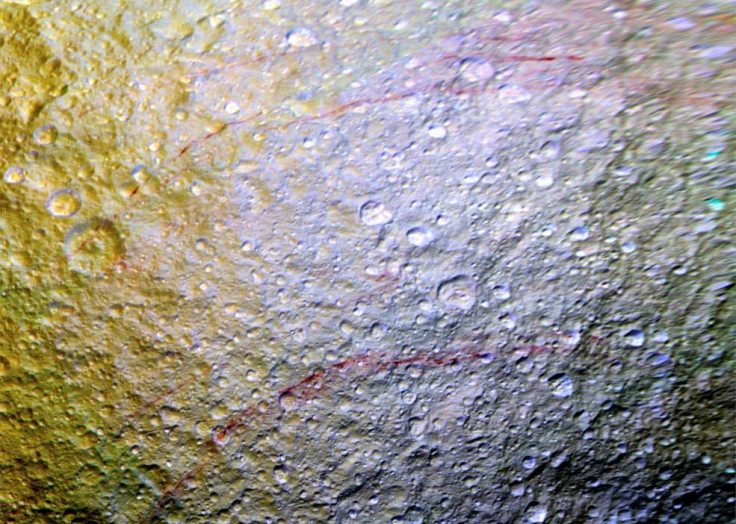NASA Discovers Global Ocean Of The Large Water Reservoir In Saturn's Moon 'Enceladus'

The presence of an underground sea near the south pole of Saturn's sixth largest moon, Enceladus, is actually a massive global ocean that exists between its core and icy crust. The team of researchers at NASA said that the global ocean right beneath the icy crust of Enceladus could potentially harbor life.
The researchers made the conclusion based on the analysis of the seven years worth of data from NASA's Cassini mission. The discovery about the ocean was made using the images taken during the mission, which suggests that life could possibly evolve there, or might have already evolved.
"This is a major step beyond what we understood about this moon before, and it demonstrates the kind of deep-dive discoveries we can make with long-lived orbiter missions to other planets," said co-author Carolyn Porco, the Cassini imaging team lead, in a statement released by NASA.
The findings of the study further revealed that the initially observed icy particles, spray of water vapor and simple organic molecules near the moon's south pole were actually fed by the large water reservoir beneath the icy crust of Enceladus. The gravity data collected during the close orbit of the spacecraft around the moon initially made researchers believe that the presence of water must be global. Now, the evidence based on Cassini's images suggests what researchers believed was right.
"This was a hard problem that required years of observations, and calculations involving a diverse collection of disciplines, but we are confident we finally got it right," said Cassini imaging team member Peter Thomas.
During the analysis of the images, the researchers observed the positions of features on Enceladus, most of them being craters. The intent of the researchers was to precisely measure the changes in the moon's rotation.
© Copyright IBTimes 2024. All rights reserved.











